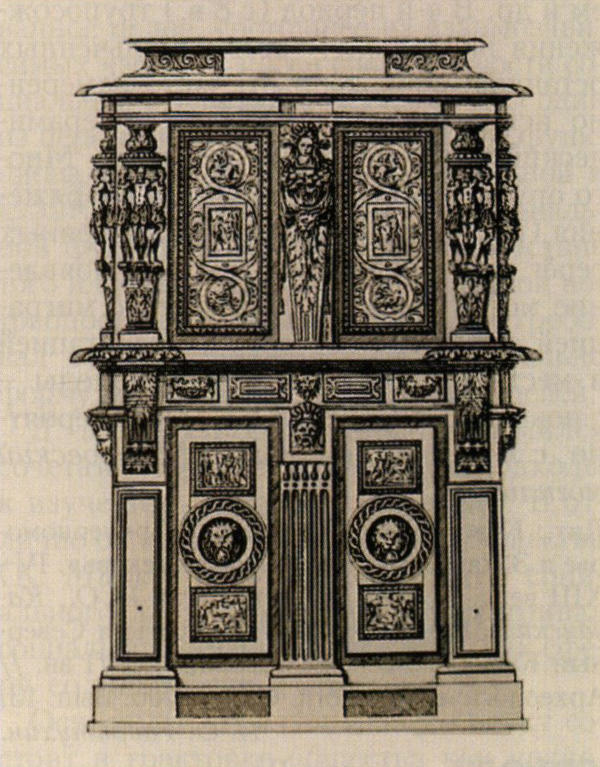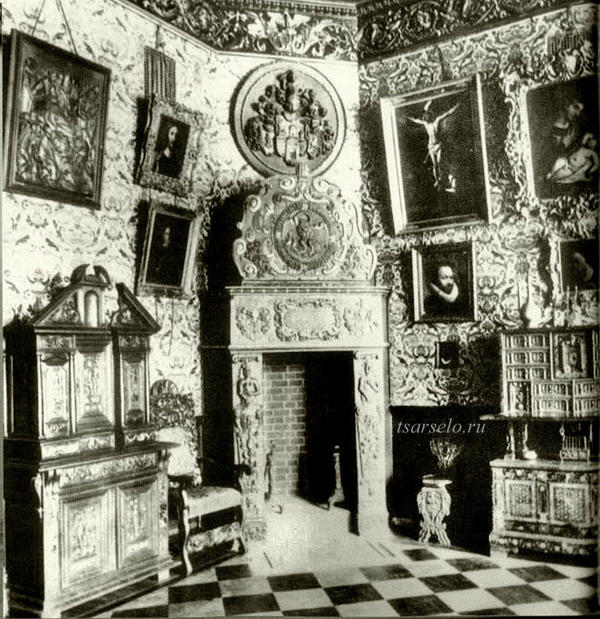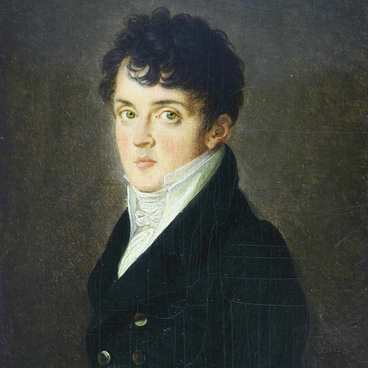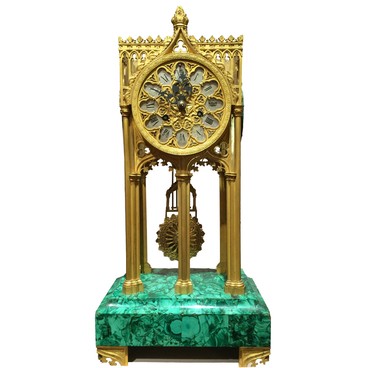The cupboard in Henry II style was made by an unknown author in the second half of the 16th century. It is made of walnut wood. Its surface is decorated with classic architectural elements: columns, cornices - and figures of ancient gods.
In the 16th century Europe was embraced by Renaissance ideas. People’s thinking has changed from religious to realistic: the society has come to consider the current reality as the main value, not the future life in the paradise. The human personality was now valued above all else. Artists began to turn to the art of antiquity, when the man was the measure of all things: both figures of people and architectural forms sought harmonious, natural proportions.
The style of Henry II is the name of one of the periods of the French Renaissance. Professor Nikolai Sobolev wrote about the periodization of that era: In France the Renaissance is not divided into the early, heyday and late Renaissance, as in Italy.
In the 16th century Europe was embraced by Renaissance ideas. People’s thinking has changed from religious to realistic: the society has come to consider the current reality as the main value, not the future life in the paradise. The human personality was now valued above all else. Artists began to turn to the art of antiquity, when the man was the measure of all things: both figures of people and architectural forms sought harmonious, natural proportions.
The style of Henry II is the name of one of the periods of the French Renaissance. Professor Nikolai Sobolev wrote about the periodization of that era: In France the Renaissance is not divided into the early, heyday and late Renaissance, as in Italy.






